The Bald Cypress Tree is a conifer tree that stretches from Maryland, down the east coast, all the way to Texas and can be found as far west as the Mississippi valley. We’re going to dive into all of the Bald Cypress Tree Facts in this article.
It is a classic tree to southern swamps and is fairly hardy.
This tree can grow up 50 to 70 feet tall and as wide as 25 feet when matured.
The Bald Cypress Tree differs from many other coniferous trees as it is deciduous, meaning that it drops its needles right before winter.
These are very long-lived trees, many of them living up to 600 years with some specimens living up to 1,000 years!
Let’s learn more about Bald Cypress Trees!
Bald Cypress Scientific Name
The scientific name for the Bald Cypress Tree is Taxodium distichum.
Bald Cypress Identification
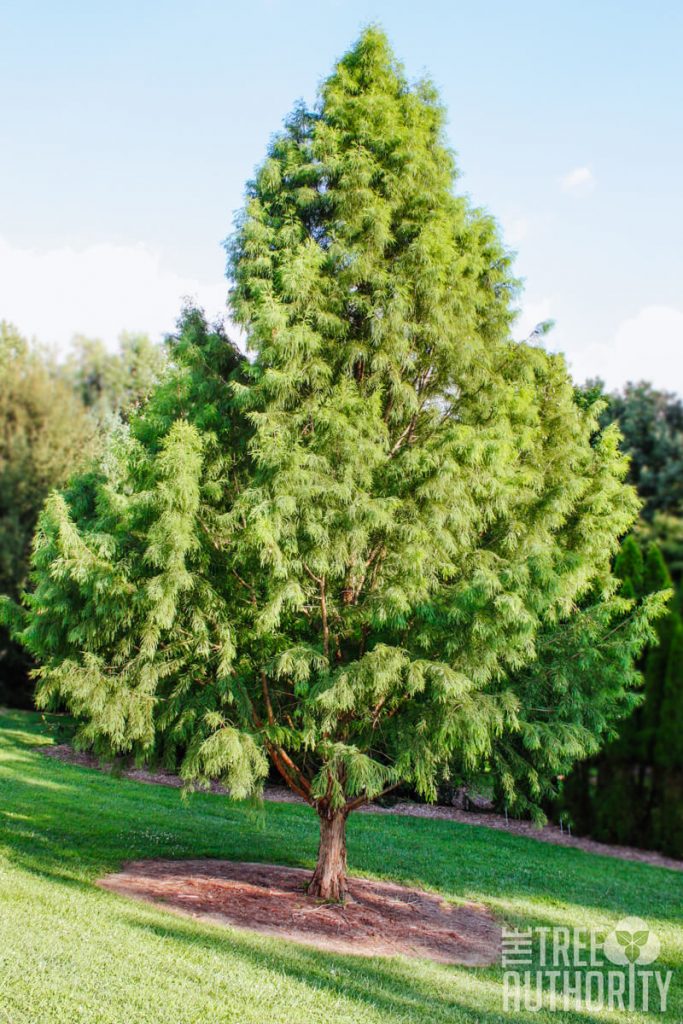
There are many characteristics of the Bald Cypress Tree that can help you identify it. The roots of Bald Cypress Trees can be very distinct as can the bark that peels away in strips.
Bald Cypress Bark
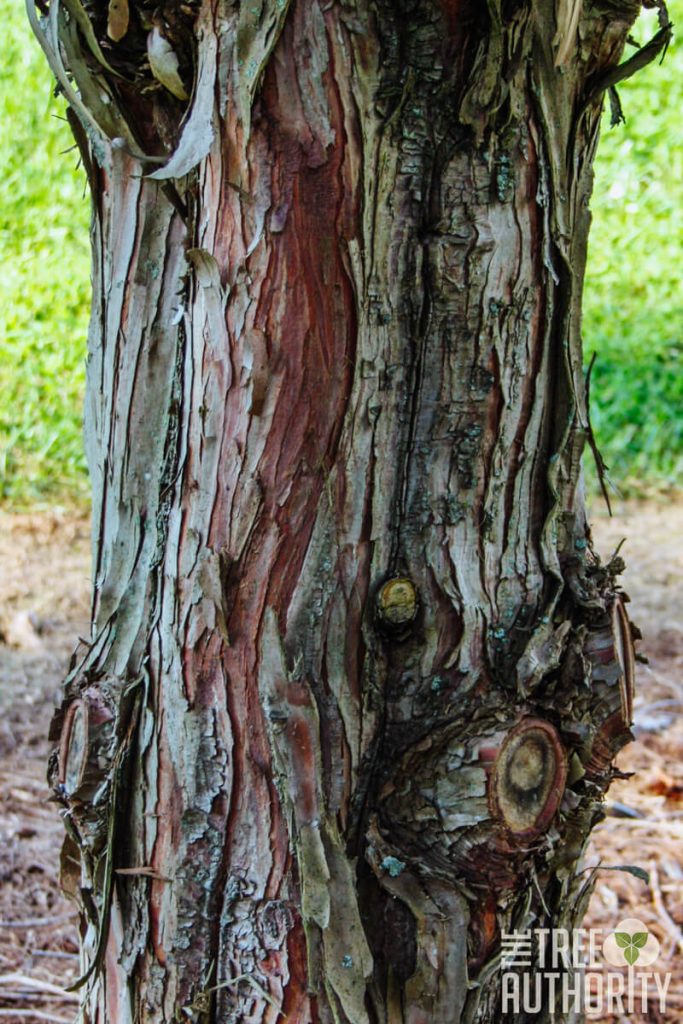
The bark of the Bald Cypress is considered an exfoliating bark, meaning that it naturally peels away to reveal a new layer of bark underneath.
Bald Cypress bark is reddish-brown and peels away in long strips, it has a very fibrous texture.
It is a very eye-catching process that adds a lot of additional texture to the bark.
Bald Cypress Leaves
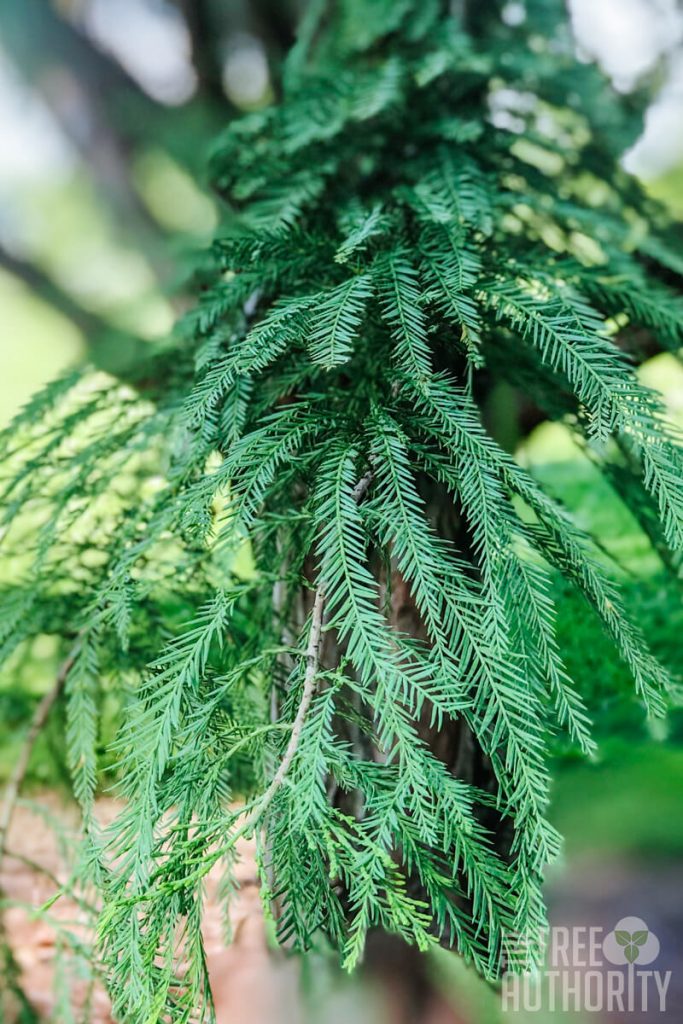
The Bald Cypress Tree is a conifer so it has needles instead of leaves.
These needles can be 0.5 to 0.8 inches long and are arranged spirally on the twigs giving them a feathery appearance.
Bald Cypress Fall Color
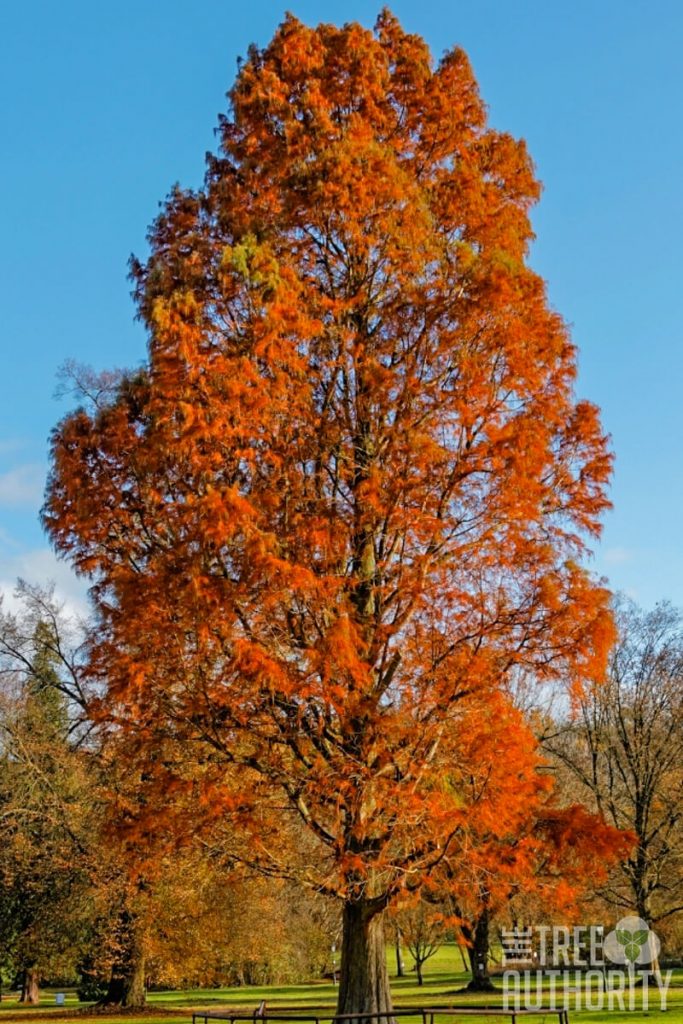
The needles of the Bald Cypress are a light yellow-green that will turn a variety of yellow, orange, and brown in the fall.
Bald Cypress Trees differ from most other coniferous trees because they are deciduous.
This means that in the fall the needles will change color, and right before winter the needles will all drop, leaving the tree bare.
Bald Cypress Tree Buds
The buds of the Bald Cypress Tree are small and egg-shaped.
They are brown in color and in the winter turn a lighter red-brown.
Bald Cypress Tree Cones
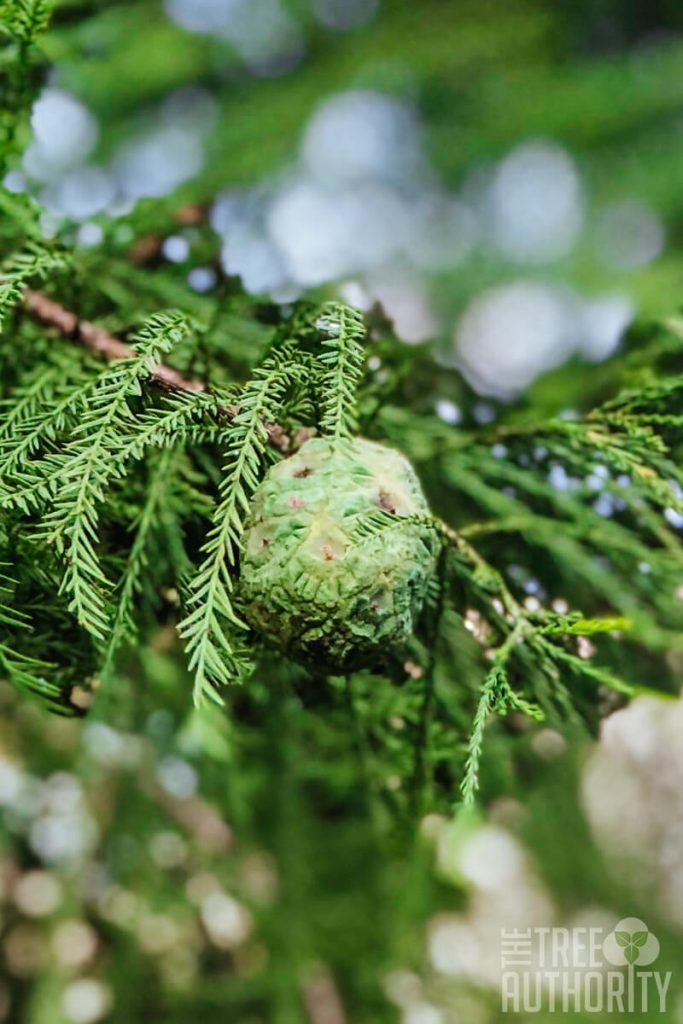
Bald Cypress Tree cones don’t look like the cones you’re used to seeing.
The cones of the Bald Cypress Tree are spherical and are about an inch in diameter.
The cones appear in the autumn and begin tough and green but as they mature over the season they gain their woody appearance.
The cones are short stalked and can be green to purple-brown at maturity; they mature over the course of one year.
Planting a Bald Cypress Tree
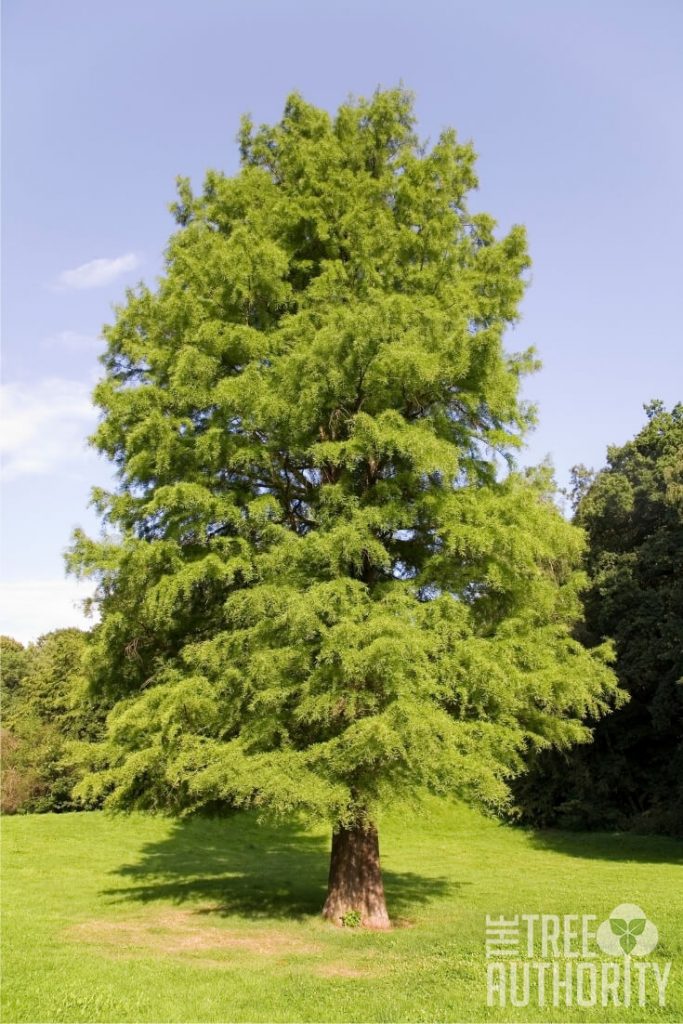
The Bald Cypress Tree is very hardy and can grow in a variety of soils, including compact, suburban soil.
This tree also does well in soil that is more moist as it can help prevent erosion.
When planting a Bald Cypress Tree, it is very important to make sure you have enough room for the tree to grow wide, it also thrives best in full sun.
The Bald Cypress Tree has very thirsty roots, these trees are very water tolerant and can be used to help control erosion as well as provide canopy for areas that are in wet locations.
These trees can grow 50-70 feet tall and 25 feet wide, be prepared for a tree that will grow 1 to 2 feet per year and reach a width of 25 feet.
These long-lived trees can be a great addition to your landscaping providing shade and a great attractant to wildlife.
Clusters of these trees can provide nesting sites to a large variety of birds and clusters with submerged roots can provide habitat to various frogs, fish and reptiles.
Bald Cypress Tree Roots
Bald Cypress Trees have a taproot as well as horizontal roots that do not tend to cause a lot of foundational damage.
One unique aspect of the Bald Cypress Trees’ roots is that they can form “knees.” These knees are structures of the root system that rise above the ground as an extension of the root.
They tend to be more prominent in trees that are plants in poorly draining areas and are less prevalent in trees that are in well-drained soil.
Regardless of the soil that a Bald Cypress Tree is planted in, most mature specimens develop knees which typically pose no real problems other than ground maintenance, such as mowing, around the knees.
Bald Cypress Tree Diseases
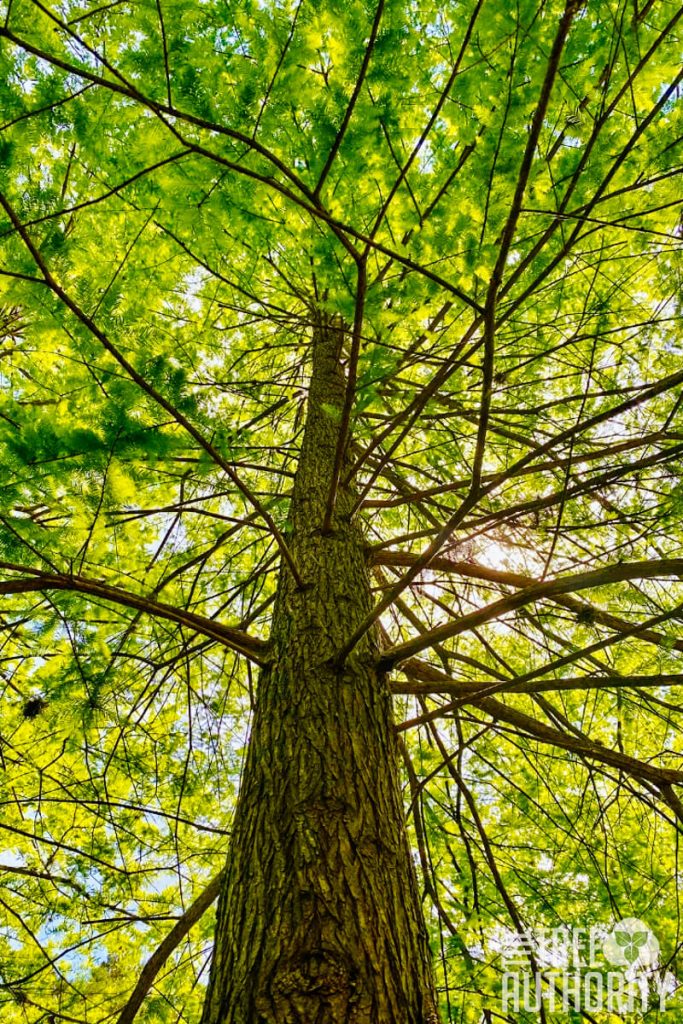
Bald Cypress Trees are very hardy trees however, there are some pests and diseases to be on the lookout for!
Twig blight:
Twig blight is a group of bacterial and fungal diseases that impact new growth on the tree. When a new twig or bud appears on the tree, yellow spots appear.
If left untreated, the twig will become more discolored, eventually turning black and dying off.
The infection will continue back until the entire branch dies. Many infected branches will often become infected and die fairly rapidly.
Cypress tip moth:
The cypress tip moth moth can cause visible and extensive damage to a Bald Cypress Tree.
The larvae of the moth bore down into the branches of the tree; these branches quickly begin to die and are easily broken off of the tree.
Spider mites:
These are small arachnids that are closely related to ticks. These mites form small webs on the undersides of the leaves of trees, they can cause damage to the tree by sucking on the plant tissue.
Gall-forming mite:
Galls normally form during accelerated growth, mites can damage the cells in the tree and their salivary secretions can cause the tree to produce increased amounts of growth hormones which can cause galls.
Chlorosis:
When trees are planted in soil that is too high in pH; they can suffer from iron or manganese deficiencies. Both of these nutrients are needed to complete photosynthesis.
Bald Cypress Tree Facts Conclusion
Bald Cypress Trees can be a great addition to your yard as long as you are prepared for a little extra root maintenance. They provide much needed habitat for wildlife and can be very aesthetically pleasing.
They do drop their needles in the winter and form interesting looking small cones.
The Bald Cypress Tree is a very hardy tree that can grow in a variety of soil types, including areas with more water in the soil.
They can be prone to several pests, so be prepared to keep an eye on your tree to make sure it stays healthy; as long as you provide your tree with plenty of space and care, it can live for hundreds of years!

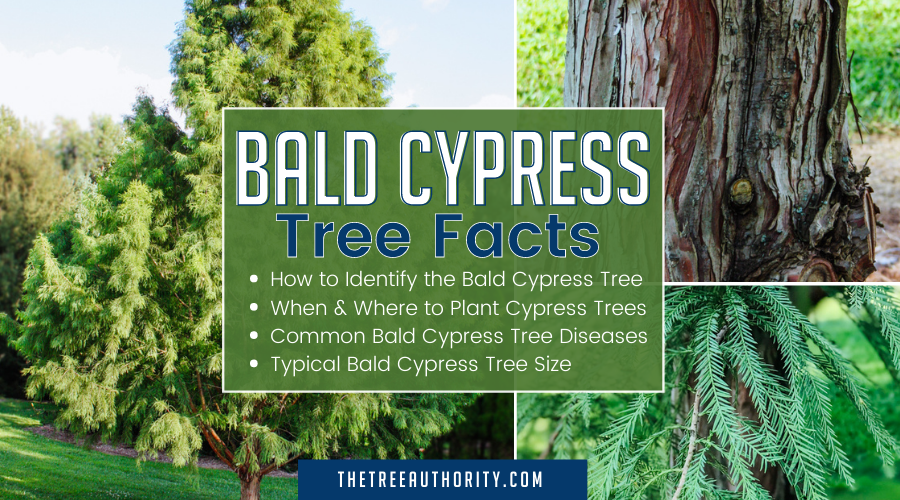

Good article. We have 13 bald cypresses on our property in Galveston County. They have been healthy for 25+ years. One question; we have had to trim down some of the knees just to protect our lawnmower blades; these knees don’t get over about 3-4 inches above the soil surface. So far, no problem–doesn’t seem to effect the trees. Most of the “knees” are around 1″ above soil–those we leave alone.
I planted a bald cypress less than twenty years ago and it’s grown like crazy, now towering over the house and branches 25′ across at the base. It’s producing fruit and is a magnificent tree. Alas I realized it’s only 20 – 25 ‘ from my septic tank, and probably on a leach line. Please tell me, do you think the roots will grow back toward my septic? Or breach it? The tree is near the slope of a hill, with the septic back to the west and the tree facing the hill and full morning sun. I tried to find diagrams of the root system. By the way I’m in upstate NY. Thank you!
What distance is safe to plant a Bald Cypress from a septic drain field? Is fifty feet enough, or more space required?
What about the non stop pollen they seem to drop throughout the year? Our pond is surrounded by Bald Cypress trees and the pond is covered with green pollen. When it rains the pond is clear for a day and quickly coverd with green pollen or some other scum.